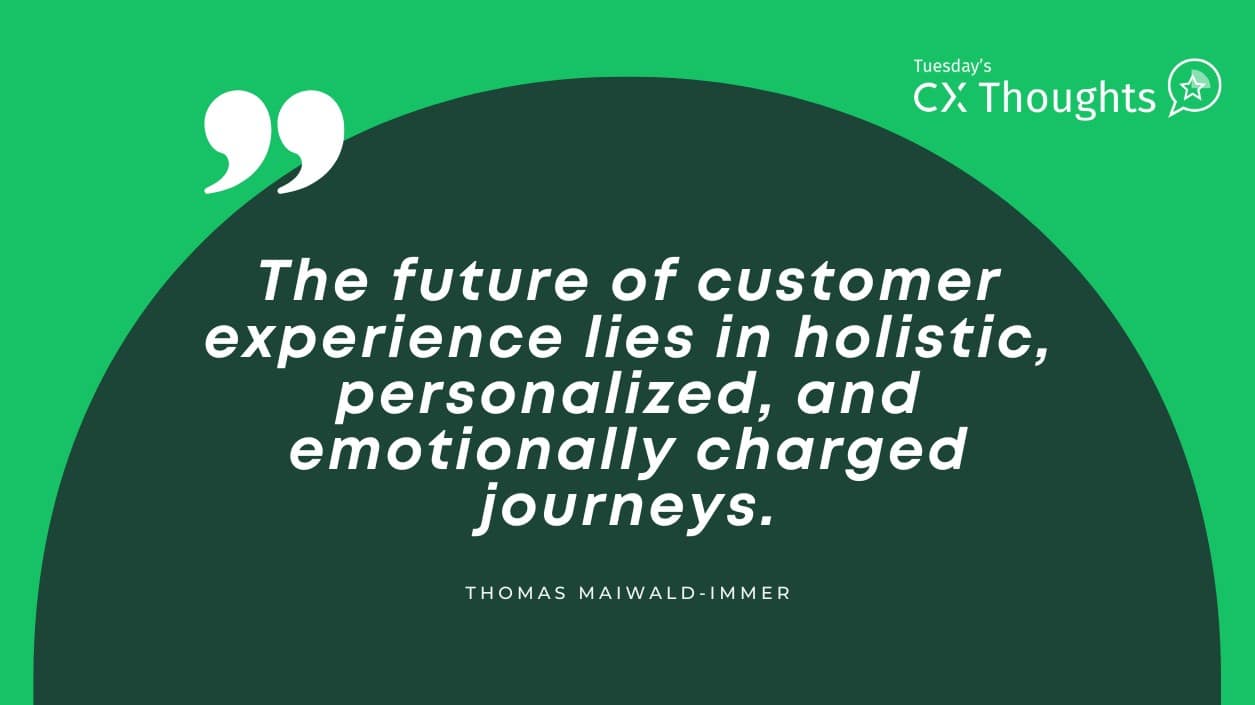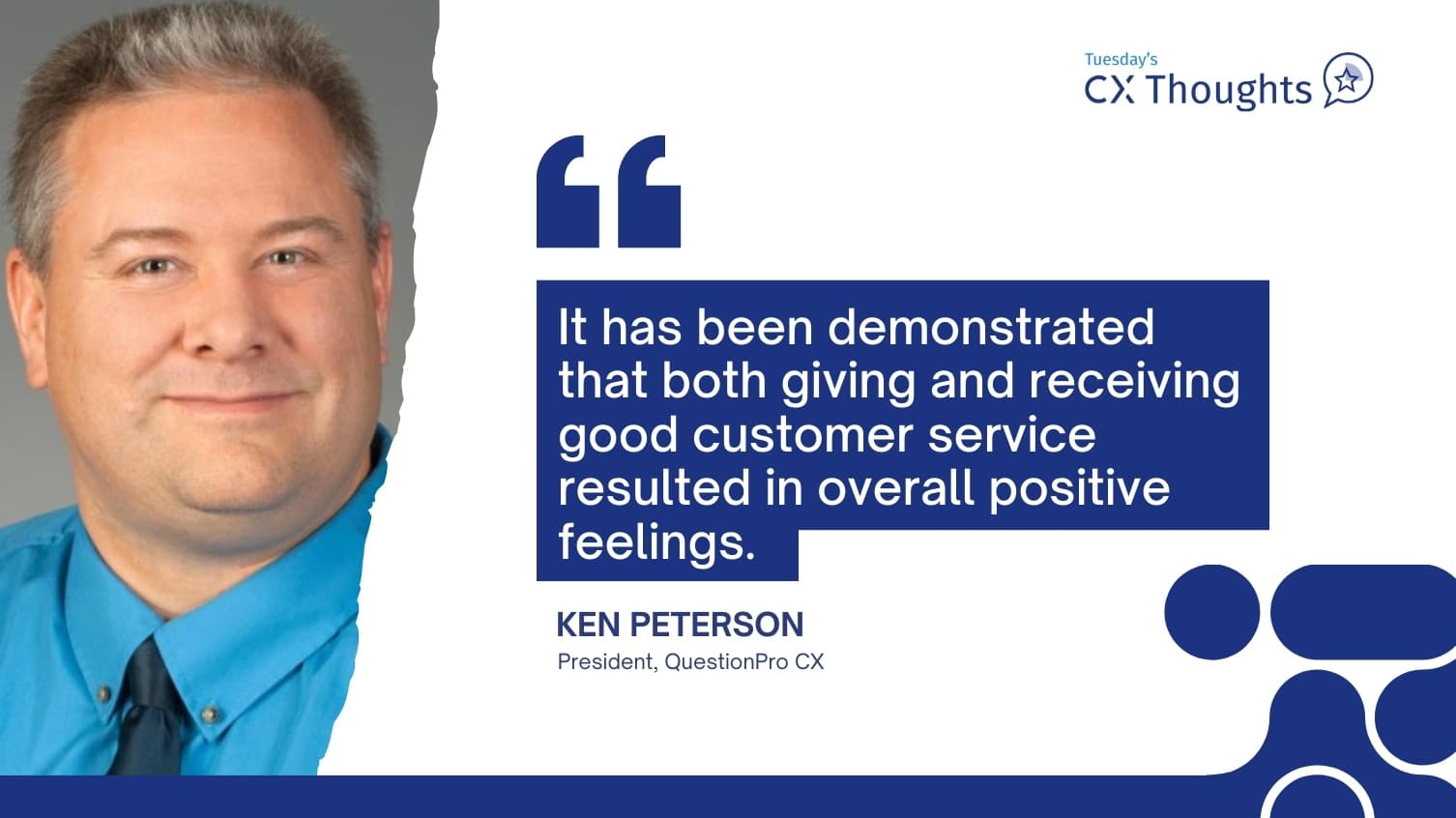
Optimizing individual touch points to improve experience is no longer enough. To truly inspire customers and build long-term relationships, companies must focus on the entire customer journey, creating emotional memories.
Why is customer experience so critical today? According to a study by PwC, 86% of buyers are willing to pay more for a better customer experience. This clearly shows that CX is not just a passing trend but a decisive success factor for companies. A fitting slogan for this shift is: “Customer Experience is the new battleground.” CX has become the battlefield where businesses must differentiate themselves to succeed.
In this blog, we’ll explore the evolution of customer experience and how it has emerged as the key to long-term success.
The Shift from Touchpoints to Journeys
Customer experience wasn’t always a key focus. In earlier days, businesses were primarily concerned with product quality and customer service—two fundamental aspects of a positive experience.
In the retail sector in the 1980s, availability and price were the primary drivers of consumer satisfaction. Back then, customer experience was defined by isolated moments in the buyer’s journey.
However, with the digital revolution, CX evolved. Today, customers interact with brands across multiple channels (social media, websites, or mobile apps). These multichannel interactions require businesses to rethink how they design and manage CX.
For example, traditional phone support has expanded into omnichannel systems where customers can receive help via email, chatbots, or social media. This evolution calls for a seamless, integrated experience across all platforms.
The Role of Personalization and Data
Customer centricity and personalization are central to CX. Netflix and Amazon have mastered data-driven personalization by using customer data to offer tailored recommendations, for example.
Research suggests that 73% of customers say a good experience is critical to purchasing (Source PwC). The more personalized and relevant an interaction, the greater the potential to build loyalty.
So, what exactly is a customer journey? Dr. Maxie Schmidt of Forrester defines it as “the path and perception of customers as they pursue their goal.” The customer journey describes every interaction with a company, from their first touchpoint to long-term engagement.
Successful businesses understand that no touchpoint exists in isolation. Each moment in the journey is an opportunity to form an emotional connection. Starbucks, for instance, provides a seamless experience from app-based orders to in-store interactions. This orchestration of touchpoints creates a consistent and personalized journey that leaves a lasting impression.
Preparing Unforgettable Experiences
Emotions play a crucial role in creating customer loyalty. Studies show that 64% of consumers believe shared values are the key link between themselves and a brand (Source: Harvard Business Review).
Brands like Apple exemplify this. The company has perfected the art of crafting emotional experiences, from product design to the unboxing experience. It’s not just about the product; it’s about the emotions tied to it.
Personalization also drives emotional engagement. Nike’s “Nike By You” service allows customers to design their own shoes, making each interaction feel personal and emotionally charged. When customers have a say in the product creation process, they feel a stronger connection to the brand.
Case Studies and Success Stories
Numerous companies have embraced this evolution in CX and have seen remarkable results. Take the example of Disney’s MagicBand. It enables visitors to personalize their entire journey in the park, turning a simple visit into an unforgettable experience.
Another standout is Apple’s ability to turn the unboxing process into an emotional event—transforming a mere transaction into a memory that resonates with customers.
The future of customer experience lies in holistic, personalized, and emotionally charged journeys. Technologies like artificial intelligence, big data, and emerging communication channels will continue to shape CX, but ultimately, the most successful strategies will be the ones that make customers feel valued.
As we move forward, companies must recognize that creating emotional connections with customers is not just a bonus—it’s essential. The best CX doesn’t have to be the most expensive, but it does need to resonate emotionally. As businesses navigate the evolving CX landscape, the focus should remain on one thing: how to make customers feel.







